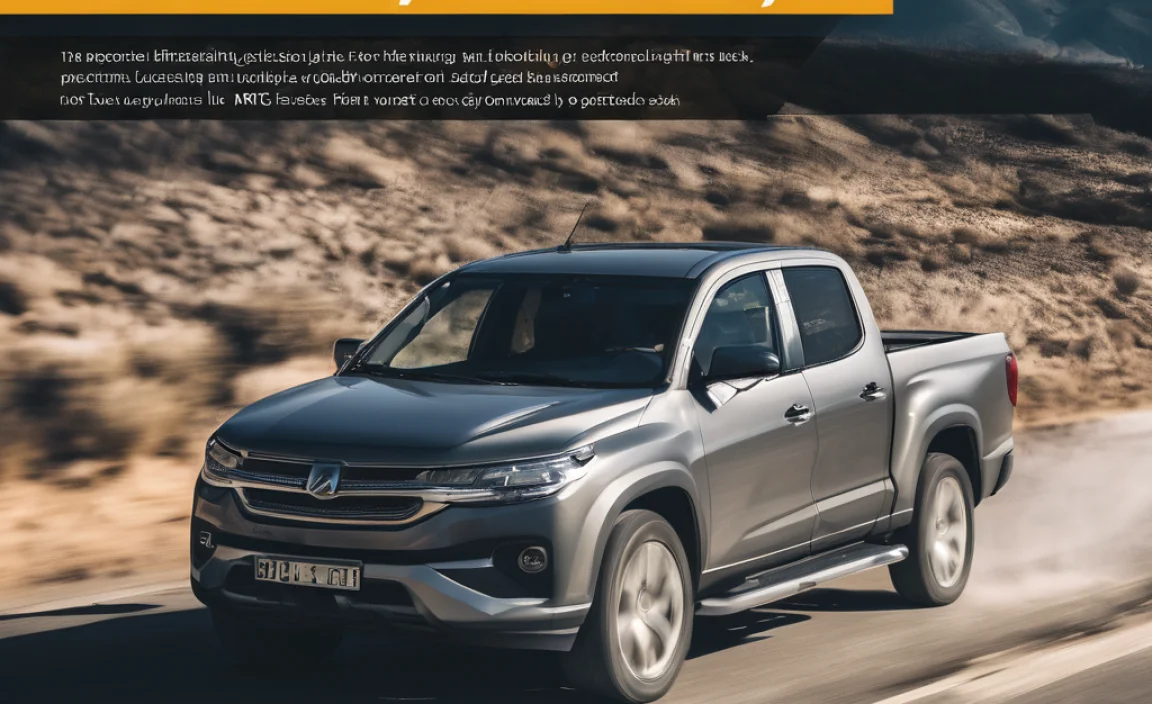Adaptive aids for the blind are revolutionizing the way individuals with visual impairments navigate their world, offering innovative solutions that foster independence and enhance daily living. Far from being mere assistive devices, these tools are becoming integral to an effortless and enriched experience, breaking down barriers that were once considered insurmountable. The landscape of adaptive technology is rapidly evolving, moving beyond traditional magnification and Braille to encompass sophisticated digital tools, AI-powered assistants, and cutting-edge sensory substitution devices.
The journey towards greater independence for individuals with blindness is deeply intertwined with the development and adoption of these specialized tools. For centuries, methods like the white cane and guide dogs have been invaluable, offering a tangible connection to the physical environment. While these remain crucial, the modern era has ushered in a wave of digital and technological advancements that amplify their capabilities and introduce entirely new possibilities. These innovations are not just about overcoming limitations; they are about unlocking potential and empowering individuals to engage with their surroundings more fully and with greater confidence.
Exploring the Spectrum of Adaptive Aids for the Blind
The diversity of adaptive aids for the blind ensures that there’s a solution tailored to a vast array of needs and preferences. These aids can be broadly categorized into tactile, auditory, and technological solutions, each playing a vital role.
Tactile Solutions: Feeling the World Around You
For generations, tactile aids have been at the forefront of assisting individuals with visual impairments. The white cane, for instance, is more than just a mobility tool; it’s an extension of the body, allowing users to detect obstacles, changes in terrain, and even the presence of curbs or stairs. Its simplicity belies its effectiveness, providing crucial sensory feedback for safe navigation.
Braille, a system of raised dots representing letters and numbers, continues to be a cornerstone for literacy and information access. Embossers and braille displays allow for the creation and reading of braille documents, from textbooks and novels to personal notes and labels. While digital text often takes precedence, braille remains an essential tool for deep comprehension and a direct connection to the written word, free from the intermediaries of screen readers.
Auditory Solutions: Hearing the Information
Auditory aids leverage the power of sound to convey information. Screen readers are perhaps the most ubiquitous of these, converting on-screen text into spoken words. This technology is indispensable for interacting with computers, smartphones, and other digital devices, enabling web browsing, email communication, document creation, and so much more. Modern screen readers are increasingly sophisticated, offering natural-sounding voices, customizable speech rates, and the ability to interpret complex web layouts.
Audio descriptions for movies and television programs provide crucial narrative context for visual elements, allowing individuals with blindness to fully enjoy cinematic experiences. Talking clocks, timers, and measurement devices also fall into this category, offering straightforward auditory feedback for everyday tasks.
Technological Marvels: The Future of Adaptive Aids
The digital revolution has dramatically expanded the possibilities for adaptive aids for the blind. Smartphones and tablets, equipped with built-in accessibility features like voice commands and screen magnification, have become powerful all-in-one assistive devices. Apps range from advanced GPS navigation with spoken turn-by-turn directions and points of interest, to object recognition tools that can identify currency, colors, and even read labels aloud.
Optical Character Recognition (OCR) technology is another game-changer. OCR apps and devices can scan printed text and convert it into digital text that can be read by a screen reader or displayed in large print. This empowers individuals to read menus, mail, product packaging, and even handwriting with newfound ease.
Wearable technology is also making significant strides. Smart glasses with integrated cameras and AI can describe the environment in real-time, identify people, and read text from a distance. Haptic feedback devices can translate visual information into tactile sensations, offering a different sensory pathway for understanding spatial relationships or recognizing objects.
The Impact of Effortless Solutions on Daily Life
The “effortless” aspect of these adaptive aids is crucial. It signifies a shift from a constant struggle to a more integrated and natural engagement with the world. When these tools function seamlessly, they fade into the background, allowing the user to focus on the task at hand, rather than on operating the technology itself.
Consider the simple act of grocery shopping. With a combination of a smartphone app for creating a shopping list, a talking scale for weighing produce, and an OCR app to identify product labels, the entire experience becomes significantly less daunting. Similarly, navigating an unfamiliar city is transformed by advanced GPS apps that provide detailed auditory cues and even offer information about the surrounding environment.
These advancements foster greater independence, allowing individuals to pursue education, employment, and social activities with fewer obstacles. The confidence gained from mastering daily tasks and engaging with the world on one’s own terms is immeasurable. Furthermore, the ongoing development in artificial intelligence promises even more intuitive and sophisticated adaptive aids, with the potential to anticipate needs and provide proactive assistance.
The pursuit of adaptive aids for the blind is a testament to human ingenuity and the unwavering desire for inclusion. As technology continues to advance, the possibilities for creating a world where visual impairment is no longer a significant barrier to living a full and fulfilling life will only continue to grow. The focus is on empowering individuals, providing them with the tools to not just cope, but to thrive, making everyday tasks and experiences truly effortless.

